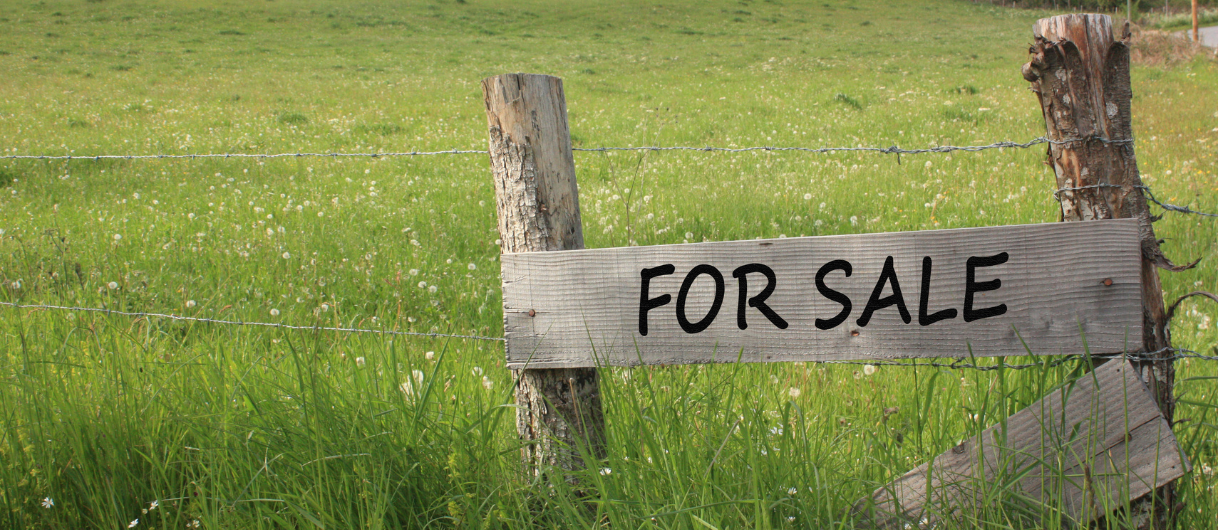Keep rural Florida rural: Just say no to growth in protected areas
Keep rural Florida rural: Just say no to growth in protected areas

“Welcome to the Agricultural Reserve,” reads the sign in western Palm Beach County.
It might more accurately read: Welcome to yet more development.
For in Palm Beach County — as in Martin County, to the north; and throughout Florida – rural, agricultural lands which are supposed to be protected are instead under increased threat from development.
With an estimated 800 people moving to Florida each day, the rush to build more housing is accelerating. Most Florida communities have comprehensive plans restricting growth to areas with existing “urban services” like sewer and water connections. Some, like Palm Beach County, have rural areas specifically set aside for preservation.
But you know how it is in Florida: We’d pave over every last blade of grass if there was a buck to be made.
Take western Martin County. The county’s comprehensive plan, widely supported by county residents, has kept development of this rural area in check by restricting growth to the “urban service district.” But earlier this year developers asked county commissioners to approve a “rural lifestyle amendment” to the plan which would, you guessed it, open up the western lands to higher-density development.
In June that request was tabled, but commissioners will consider a revised plan at their Sept. 13 meeting. More than 1,000 residents have signed an online petition asking commissioners to vote “no.”
Meanwhile, Palm Beach County Commissioners already said “Yes.”
in late July commissioners approved two new land uses in the county’s Agricultural Reserve, a 22,000-acre area west of Boca Raton, Delray Beach and Boynton Beach designed to protect agriculture by limiting development. Already, the reserve is home to around 25,000 people in mostly high-end gated communities. Now the county will allow denser development to make way for 357-market rate apartments and 119 workforce housing units.
Proponents say the county lacks affordable housing, which is true; but low-income tenants will need to make more than $51,000 per year to qualify for the new “workforce” units.
Does that sound “affordable” to you?
And we wonder how much of this “affordable” housing will actually get built. Palm Beach County doesn’t exactly have a stellar record on that issue.
Understand the pernicious dynamic at play here. Many cherish rural areas for the aesthetic and ecological value — amidst the Florida sprawl, we want to protect open spaces and habitat, we need places that aren’t overrun by traffic, chain retail stores and cookie-cutter housing.
These bucolic places make our communities special.
But there’s gold in them there hills.
And when local officials allow development to chip away at areas that are supposed to be preserved, it creates a self-reinforcing spiral. With “protected” areas suddenly in play, land values go up. Development pressure increases. And it gets harder and harder for preservation-minded communities to hold the line.
All this has a definitive impact on water quality and quantity, which often are already strained.
So maybe it’s time for elected officials in Palm Beach, Martin and other Florida counties to listen not to the growth industry, not to all the people moving to Florida — but those of us already here.
We say “no.”
It’s time they said the same.


